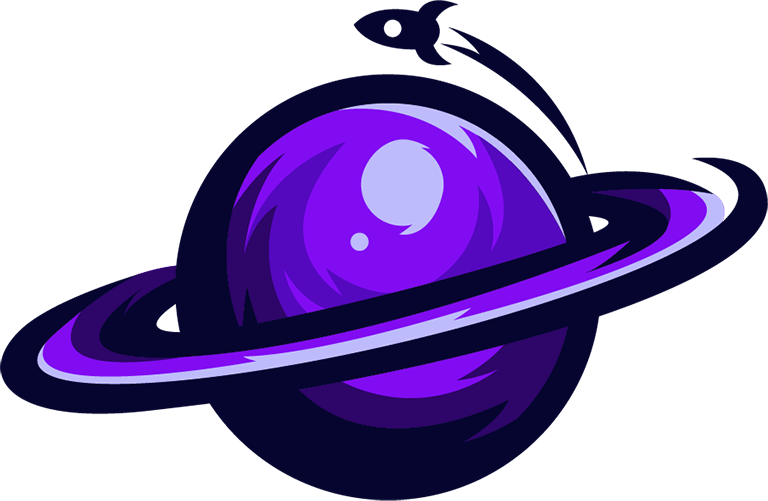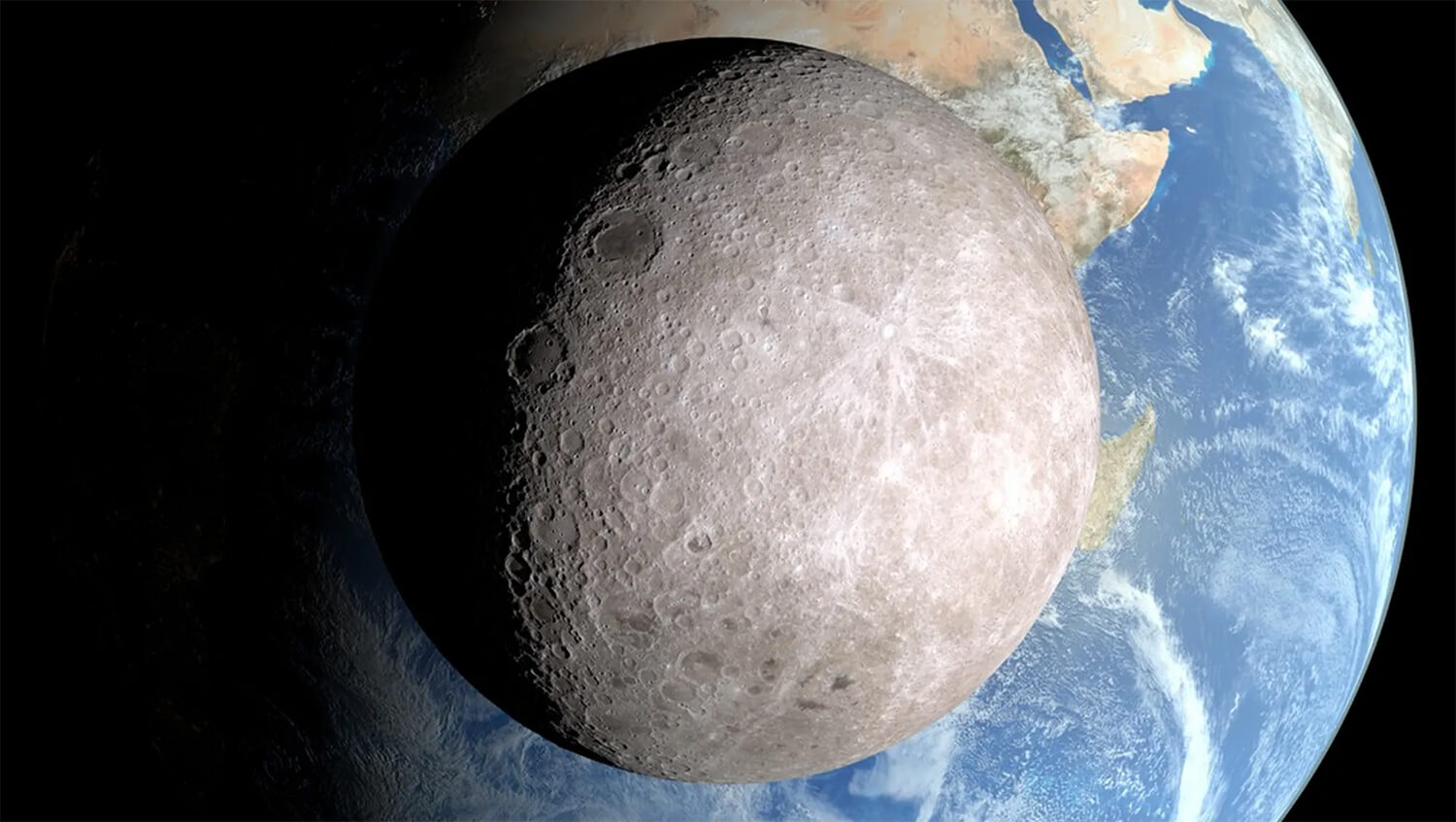Can We Colonize The Moon By 2024?
Exploring plans, challenges, and potential for lunar colonization.
Video of the day February 9th 2020
From whether we can get to it regularly, to why it would need to be done a certain way, join me as we explore whether we can colonize the moon by 2024!
The Moon’s Potential as a Colonization Destination
Let’s be honest with ourselves for a minute, shall we? As we begin this brand new decade of life on Earth, there are certain “goals” that every nation is trying to achieve. And for a more “global” goal, the mission is to get to Mars…and then start to colonize it. Trust me when I say that there are a LOT of plans on how to get to Mars in a decent amount of time and to start colonizing it as soon as possible. To the extent that if the plans work, and if everything goes as it should, we could be living on Mars in a certain capacity by the end of the decade.
But for some scientists, they see this as…inefficient to a certain extent. Not the least of which is because Mars is hundreds of millions of miles away from Earth at its closest point (due to the orbits of Earth and Mars not being on the same timeframe), and yet there is something much, MUCH closer to Earth for us to colonize…the moon.
Now sure, Mars has been the focus in recent years because of discoveries of water on Mars, and certain other things that could make it a livable place, but what about the moon? Have we honestly ever thought about colonizing it? Yeah, much more than you might think. In fact there are plans to potentially have it done by 2024, and one time there was even a plan to have it settled by 2022.
So what exactly has stopped us from doing this wonderful thing? Simple, money. Isn’t that always the answer? NASA used to be a very well funded operation, but now, their budget is much more slashed than in previous decades. While we are still aiming to get to Mars, it’s much more of a long term project for NASA, while companies like SpaceX are doing more private and low-cost funding in order to help them get to their goals for the red planet.
Challenges of Moon Colonization
Thus, by that token, one cannot have one and the other. Do we colonize Mars, or the moon? Most people have chosen Mars for various reasons, but not all, especially since some people believe they can do it AND Mars within the budget NASA:
“The US could lead a return of humans to the surface of the Moon within a period of 5-7 years from authority to proceed at an estimated total cost of about $10 billion (±30 percent),” conclude NASA’s Alexandra Hall and NextGen Space’s Charles Miller in one of the papers about colonizing the moon.
A bold claim, and one that got many people’s attention. Especially when he explained how a formerly $150 billion dollar spacecraft would now cost $10 billion total for the whole thing. The answer there is that technology has grown a lot since the 70’s:
“The big takeaway,” McKay told Popular Science, “is that new technologies, some of which have nothing to do with space – like self-driving cars and waste-recycling toilets – are going to be incredibly useful in space, and are driving down the cost of a moon base to the point where it might be easy to do.”
In short, since we already have the materials here on Earth to build spacecraft, and people at SpaceX are doing it much cheaper than NASA, there’s no reason to think we can’t go to the moon and set up colonies there all the while doing our thing here on Earth and getting ready for Mars.
Some even think that the need to go to the moon is a perfect “prequel” to going to Mars:
“My interest is not the Moon. To me the Moon is as dull as a ball of concrete,” NASA astrobiologist Chris McKay, who edited the special, open-access issue of New Space journal, told Sarah Fecht over at Popular Science. “But we’re not going to have a research base on Mars until we can learn how to do it on the Moon first. The Moon provides a blueprint to Mars.”
Everything in regards to the moon colony mission is being furthered every day, especially when it comes to things like Blue Origin offering to help get people there.
The Role of Space Agencies and Private Companies
What is Blue Origin? Well, that would be Jeff Bezos‘ (founder of Amazon) personal space company (not unlike what Elon Musk has with SpaceX), and what he is working on is a reusable engine that wouldn’t just send astronauts to the moon, but also send tourists into space. All of which would help make Bezos billions of dollars in contracts from various space agencies since his rockets are currently very advanced. Plus, having reusable rockets saves time from having to build individual ones for each mission. Which obviously can be very costly as well.
Has he actually proven that his rockets work? Yes, actually he has, he has two rockets that he has both in the works and is also testing. One of them is the 59-foot New Shepherd Model. This is the one that he aims to use to put people into space. In May of 2019 he launched and landed one of these powerful rockets without any issue. Early speculation states that he could go and put people into space very soon. Possibly even early 2020 should things work out.
However, he’s not stopping there, he’s also working on a model known as New Glenn, which is 310-feet-tall, and can go much farther than the New Shepherd Model. If this was to be launched, it would be the biggest space vehicle ever put into space (the International Space Station doesn’t count for the record).
Should it work, it could be the definitive vehicle to take man back to the moon, and the vehicle that we start putting our hopes of moon colonization on. it’s still early to say it’ll go that far, but Bezos is most definitely banking on that.
Ok, so technically at this point we know we can go to the movie for relatively cheap and even land there (via previous Apollo missions) safely. But what would come next? Would we be able to actually colonize the moon? Absolutely, if we did certain things and made sure that we were ready for everything the moon does…but yeah, we could do it.
Technological Advancements and Innovations
Here’s the thing, the moon is much, MUCH more than you think it is when you look up at the night sky. You think it’s just a nice ball in space, but it’s so much more complex than that. While its origins are technically a mystery, many believe that it’s a former chunk of the Earth that got put into the sky via an asteroid strike, and then it formed into what we know as the moon after millions of years collecting dust. Furthermore, because of its surface, which is reflective, it bounces sunlight back at us, which is why we see it in the sky.
But the problem is that unlike Earth, it is not as stable in regards to its atmosphere, its ability to regulate temperature, and to keep things safe on it. Because of that, the moon is honestly very dangerous. As you like know, the Apollo missions to the moon had to have the astronauts go through rigorous training in order to brave not just the leaving of Earth, but the arrival on the moon, and the gravity changes that they would be facing.
And that was just for short missions to the surface to gather some moon rocks and get the heck out of there. Now try picturing everyone setting up a colony on the moon.
Again, it’s not impossible, it’s even been planned for in the past via missions like the 2022 mission. One version of that even had an “international village” being planned as a successor to the International Space Station that is still orbiting the Earth right now. By that, I mean that the ISS was built in conjunction with other space agencies, so if we all worked together to make a colony via combining ideas and components, it would honestly be a much quicker deal. Especially if every single nation that was a part of this was able to launch a shuttle/spacecraft into space with more parts and people to help make it happen. Like they say, many hands make light work.
“But is there enough materials and supplies to last on the moon?” you might be thinking right now. The answer to that is yes…and no.
Let’s start with the positive, despite what some people think, there is water and ice on the moon, and not surprisingly, it is found on the poles of the planet, which not unlike Mars, is where we would land for our lunar colony. There have been finds of water as recently as 2009, and if collected and used properly, it would be able to produce things like gasses and water and other things that we would need to survive up there.
Moon Colonization as a Stepping Stone to Mars
The other big thing would be power. While we’d have batteries and generators to start, it can’t be the endgame. Which is why we’re lucky the moon faces the sun a lot. Its rotation is REALLY slow, which is why it looks like you only see one side of the moon all the time (you don’t, it’s a trick of the rotation). But at the poles of the moon, the sunlight would be continuous, and thus, we’d have enough light to power the colony for an incredibly long time. We already have solar panels that absorb and distribute energy very well here on Earth, so getting them up wouldn’t be too much of a problem. I talked about in this post.
Building a colony on the moon wouldn’t be a problem in the long-run, but in the short-term it would be because it would be a slow build thanks to the gravity. But again, it can be worked around.
So there are a lot of ways to make it work, but there are some problems that still need to be thought about before even attempting to do it. Such as gravity.
Why is that important? Well, the gravity on the Earth doesn’t just keep us on the ground, it keeps us “pressured” in a way so that we are strong. In space, with less gravity, our bones become brittle, which can cause all sorts of problems overtime. So without a doubt, one of the biggest hurdles of doing a moon colony (as well as a Mars colony) is figuring out how to institute artificial gravity. Because if we can’t figure that out, we’ll have astronauts and colonists who have to work out every single day in order to stay healthy…and that will cause problems in the long run. But that’s not the only flaw.
Societal Implications and Benefits
Unlike Mars, the surface of the moon has a lot less to work with in terms of growing food, and water is not as free flowing as you would hope it would be as I mentioned earlier. So humanity would need to find a way to make it so we can have water and food consistently. Likely by recycling what we have to make water (which is what astronauts do in space), and growing food ourselves…somehow.
There are ways to get around the food problem, like replicators (which are closer to being made than you think) or supply runs from the Earth, which would be a LOT easier than supply runs to Mars and back to Earth. But all of these processes will cost time and money, and as the costs go up to try and make it work, the decision again between Mars and the moon will likely be brought up. Again, it’s not impossible, but it is problematic, and it makes many wonder whether 2022, 2024, or even 2030 is a probable date for having a colony on the moon.
Plus, there’s one more threat to the people on the surface that many don’t think about…space. No, not having a lot of space on the moon itself, but rather, the entity that is space. You see, the moon technically has an atmosphere, but it’s not as good as Earth’s by any stretch of the imagination, and thus, it gets pelted by meteors and sometimes even asteroids (though obviously not big enough ones to cause it to shatter…but you never know… Anyway, if a series of these rocks pelted the area around the lunar colony? It could destroy things like crops, the solar panels, and more. Leaving the colonists in a desperate state with no immediate option for help outside of themselves.
So hearing all of that, you might wonder why we want to colonize the moon, or even Mars, at all. There’s a lot of risks, and yet the rewards seem precious few. Sure, there is apparently an abundance of materials and minerals within the moon that we can mine, but if it’s too dangerous to do that…would it even be worth trying?
The answer is yes, because humanity wants to embrace the stars, and whether it’s through the moon or Mars, we’re going to try, if nothing else…we’re going to try. The moon is a better option because it’s closer, we can test out things there and then apply it to Mars. So in many ways, the moon is the more logical answer. It won’t be easy, it won’t be quick, and it may not even happen this decade. But if it does, it’d be a big step to spreading out throughout the solar system, and that’s why many people are pushing for it.
subscribe to the insane curiosity channel

Subscribe For the Latest news & Updates
Subscribe For the Latest news & Updates
Get in touch with the Insane Curiosity Channel. Once in while you will receive emails about news, promos, and much more. Stay Tuned!
Insane Curiosity
Science made easy
Who we are
Insane Curiosity is a channel of astronomy, physics and future technology, which easily explain science. We need science and science need us!

